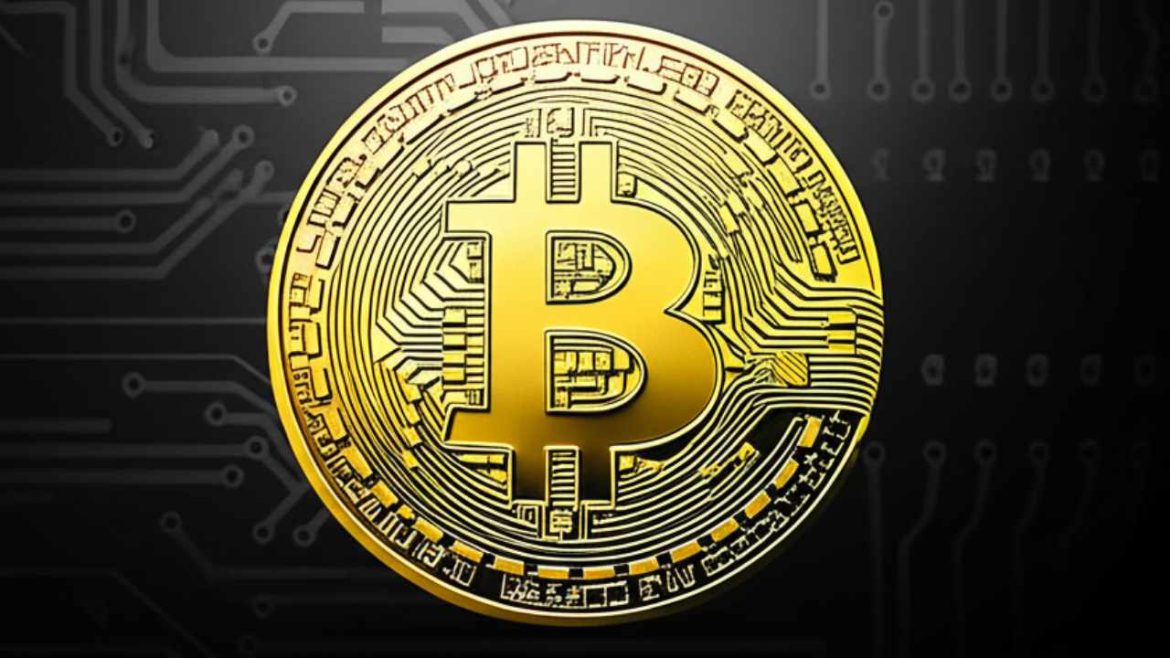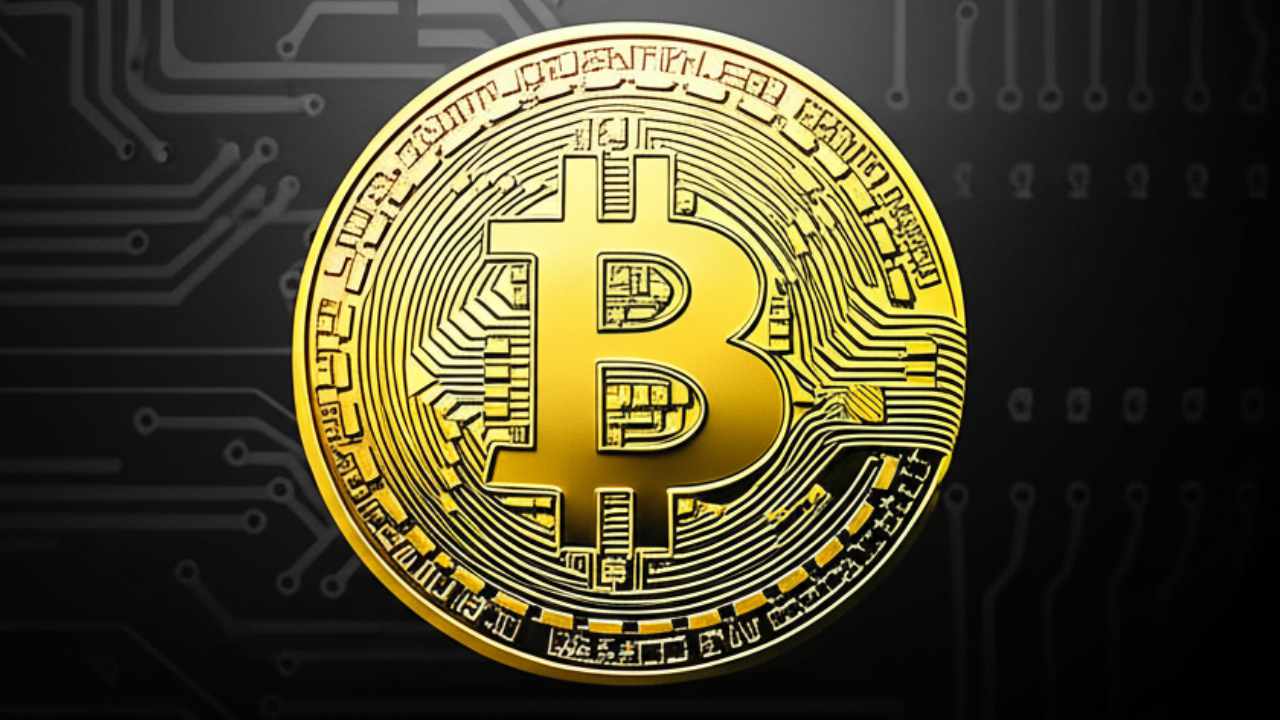Decoding Tokyo’s Signals: How the Bank of Japan’s Monetary Policy Could Ignite Bitcoin’s Next Rally
Introduction: The Intersection of Central Banks and Cryptocurrency
The cryptocurrency market has always been a barometer of global economic sentiment, reacting swiftly to shifts in monetary policy, geopolitical events, and technological advancements. In recent years, Bitcoin, the flagship cryptocurrency, has emerged as a unique asset class that straddles the line between speculative investment and a potential hedge against inflation and financial instability. As the world grapples with economic uncertainty, the spotlight has turned to Tokyo, where the Bank of Japan (BOJ) is poised to make decisions that could have far-reaching implications for Bitcoin and other risk assets.
The Bank of Japan’s Dilemma: Balancing Inflation and Growth
The Bank of Japan has long been a bastion of ultra-loose monetary policy, employing negative interest rates and quantitative easing (QE) to combat deflation and stimulate economic growth. However, the global economic landscape has shifted dramatically in recent years, with inflationary pressures mounting and the yen weakening against major currencies. This has forced the BOJ to reconsider its approach, walking a delicate tightrope between normalizing monetary policy and avoiding economic turmoil.
The upcoming BOJ monetary policy meeting is a critical juncture, as it will provide clarity on the central bank’s intentions. Will it continue to unwind its QE program, reducing bond purchases and potentially raising interest rates? Or will it pivot back to QE, injecting liquidity into the market to support the economy? The answer to this question could serve as a catalyst for Bitcoin, either propelling it to new heights or dampening its momentum.
The Liquidity Effect: How QE Could Boost Bitcoin
Arthur Hayes, co-founder of BitMEX and a prominent figure in the crypto sphere, has argued that increased global liquidity, driven by central bank easing, tends to benefit risk assets like Bitcoin. When central banks print money and inject it into the financial system, it often leads to a search for yield, as investors seek higher returns than those offered by traditional assets like government bonds. Bitcoin, with its limited supply and potential for high returns, becomes an attractive alternative in such an environment.
Hayes’s thesis suggests that if the BOJ chooses to revive QE, it could unleash a wave of liquidity that flows into the crypto market, driving up the price of Bitcoin. This is because QE essentially devalues the local currency, making assets denominated in other currencies, like Bitcoin, more appealing to Japanese investors. Furthermore, a BOJ pivot to QE could signal a broader shift in global monetary policy, as other central banks may follow suit to avoid being left behind.
Japan’s Bond Crisis: A Potential Safe Haven for Bitcoin
Another factor that could contribute to a Bitcoin rally is Japan’s ongoing bond crisis. As the BOJ attempts to normalize its monetary policy, it faces the risk of rising interest rates, which could trigger a sell-off in Japanese government bonds (JGBs). This, in turn, could lead to financial instability and a flight to safety.
Bitcoin, with its decentralized nature and limited supply, is increasingly being viewed as a safe haven asset, similar to gold. In times of financial turmoil, investors may seek refuge in Bitcoin, driving up its price. Therefore, if the BOJ’s policy shift triggers a bond crisis, it could further enhance Bitcoin’s appeal as a safe haven, leading to increased demand and a higher price.
The Contrarian View: Potential Pitfalls and Uncertainties
While Hayes’s thesis is compelling, it’s essential to consider alternative scenarios and potential pitfalls. For instance, if the BOJ decides to continue tightening its monetary policy, it could have the opposite effect, dampening risk appetite and putting downward pressure on Bitcoin. Additionally, other factors, such as regulatory developments, technological advancements, and macroeconomic conditions in other parts of the world, could also influence Bitcoin’s price.
Hayes himself has acknowledged the possibility of a short-term dip in Bitcoin’s price, potentially down to $90,000, before a larger rally takes hold. He has also warned of broader economic tensions that could create rough waters for the cryptocurrency market. These warnings highlight the inherent uncertainty and volatility associated with Bitcoin investing.
Hayes’s Bold Predictions: A Million-Dollar Bitcoin by 2028
Despite the potential for short-term volatility, Arthur Hayes remains bullish on Bitcoin’s long-term prospects. He has predicted that Bitcoin could reach $200,000 by the peak of the current market cycle, $250,000 by the end of the year, and a staggering $1 million by 2028. These predictions are based on the belief that central bank liquidity and the inevitable collapse of the post-1971 financial system will drive Bitcoin’s price to unprecedented levels.
Hayes’s vision paints a picture of a future where Bitcoin becomes a dominant force in the global financial system, serving as a store of value and a hedge against inflation and government intervention. While such a scenario may seem far-fetched to some, it underscores the transformative potential of Bitcoin and its ability to disrupt traditional financial norms.
Conclusion: Watching Tokyo for Signals
The upcoming BOJ monetary policy meeting represents a crucial moment for Bitcoin. While the outcome remains uncertain, Arthur Hayes’s analysis provides a valuable framework for understanding the potential impact of central bank policies on the cryptocurrency market. Whether the BOJ chooses to embrace QE or continue tightening, its decisions will undoubtedly send ripples throughout the global financial system, shaping the future trajectory of Bitcoin.
As investors and enthusiasts eagerly await the BOJ’s announcement, one thing is clear: Tokyo’s signals are worth watching closely. The intersection of central bank policies and cryptocurrency markets is a dynamic and evolving landscape, and the decisions made in Tokyo could very well ignite the next rally in Bitcoin, propelling it to new heights and cementing its place in the global financial ecosystem.





